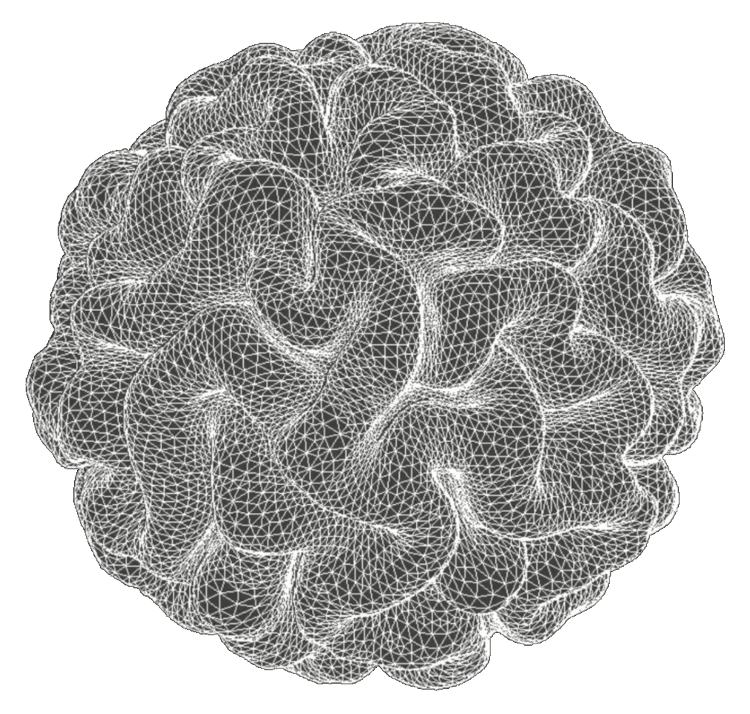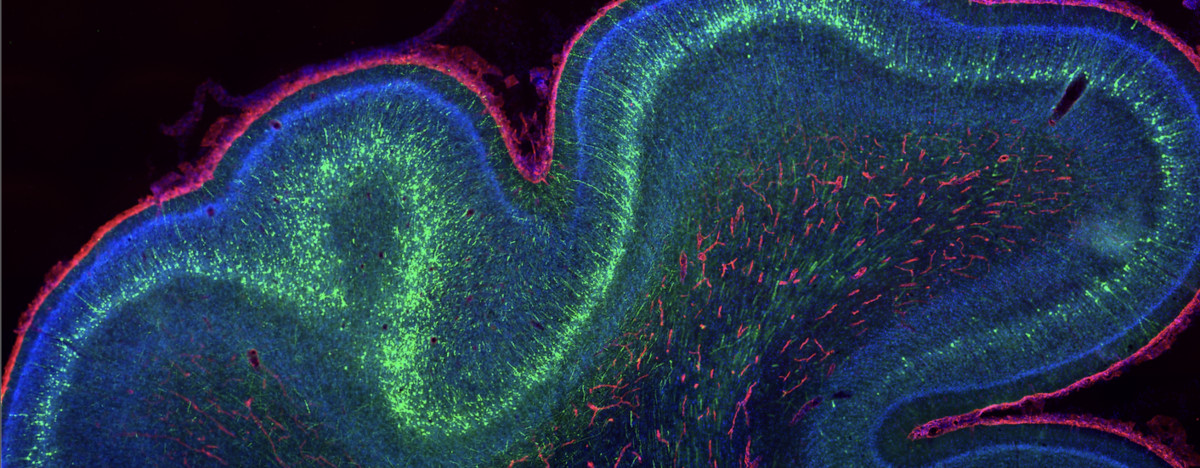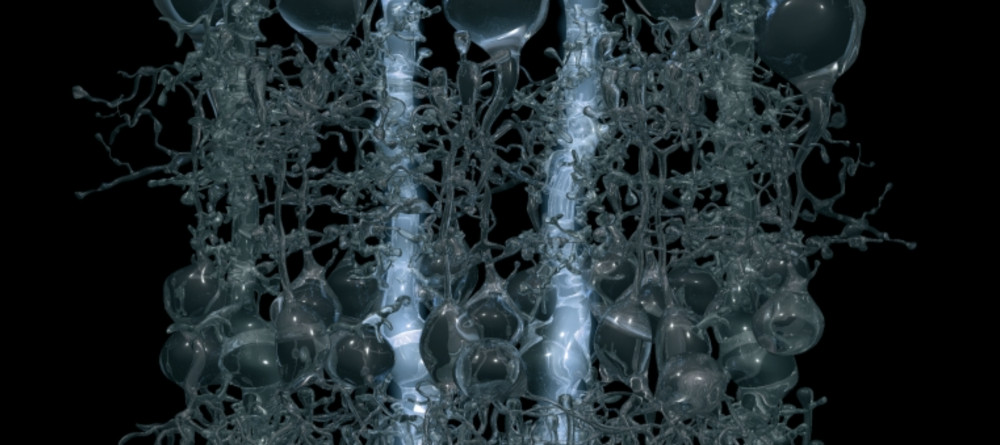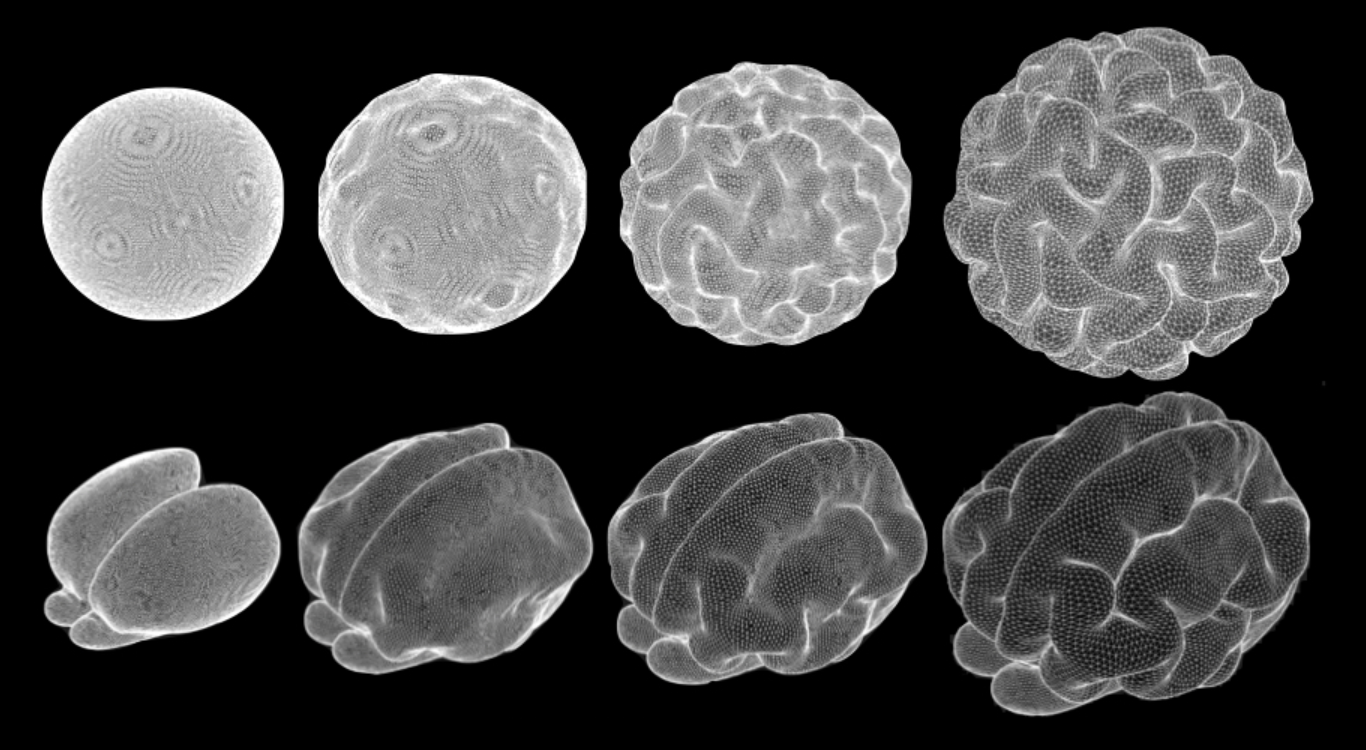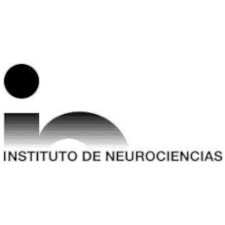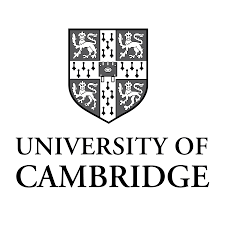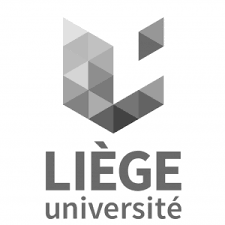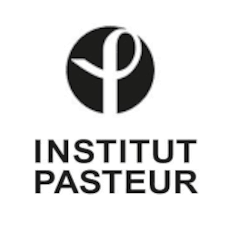Cellular and molecular processes
Gene expression & stem cell proliferation
In the perspective of life sciences, brain folding arises from heterogeneous patterns of gene expression and stem cell proliferation. The Borrell Lab is a leading expert in this field, and you can find more details on their website.





